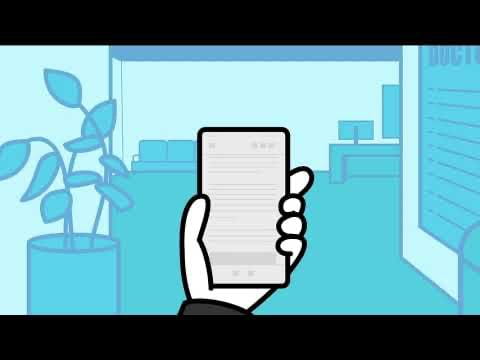Information Sharing Through GW Box
GW IT Risk and Assurance provides information and resources through workshops and webinars as well as posts to our blog site. Below the team highlights resources added to our newly created GW Box awareness repository. Unfortunately, content hosted on GW Box is only accessible by those with GW Box access. We hope to add more content sharing options for the wider community soon.
The following items were posted this week:
Cybersecurity Awareness - Quick Guides, Presentations, Documents and Resources (Shared Folder - Requires GW Box Account)
-
- Quick Guide - Searching and Selecting Cybersecurity Training on Talent@GW (1-page Quick Guide PDF)
- Cyber Talk and Webinar Presentation and Recording Archive (Shared Folder - Requires GW Box Account)
- Social Engineering Cyber Talk (2-6-25 - Presentation and Recording)
- Cybersecurity@Home Cyber Talk (1-21-25 Presentation)
- Third-Party Guides and Resources (Shared Folder - Requires GW Box Account).
- Home and Family Tips related to Cybersecurity@Home CyberTalk
- Mobile Device Security (coming soon)
- Phishing & Social Engineering Tips (coming soon)
- Protecting Data (coming soon)
- Social Media (coming soon)
-
- Every effort is made to share content aligned with copyright holders' intended use of the content as handouts and guides for distribution. Please let us know if we have something incorrectly posted by email infosec@gwu.edu.
Look for update announcements for these other focus areas coming soon!
 This content is presented by the GW IT Cybersecurity Risk and Assurance team. #SecuringGW is a shared responsibility, if you see something, say something. Report suspicious digital activities, including phishing emails, to abuse[@]gwu.edu.
This content is presented by the GW IT Cybersecurity Risk and Assurance team. #SecuringGW is a shared responsibility, if you see something, say something. Report suspicious digital activities, including phishing emails, to abuse[@]gwu.edu.
IT Support Questions? For IT support, please contact the Information Technology Support Center at 202-994-GWIT (4948), ithelp[@]gwu.edu, or visit ithelp.gwu.edu





